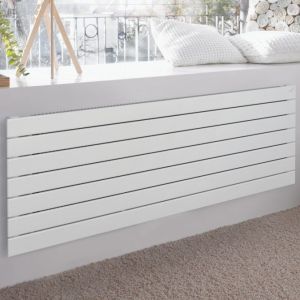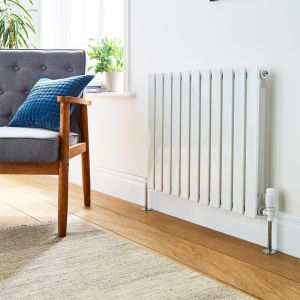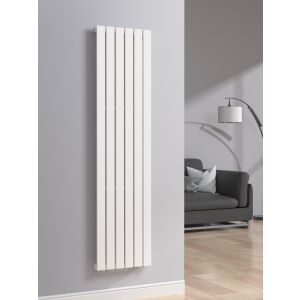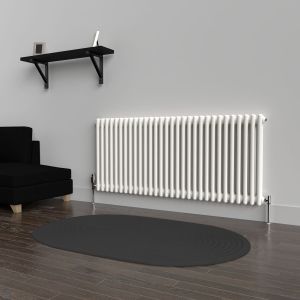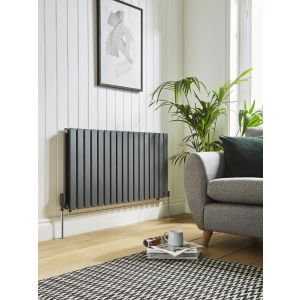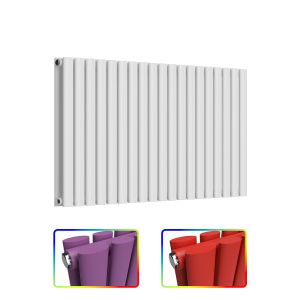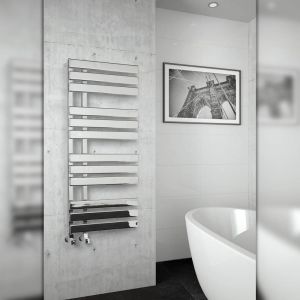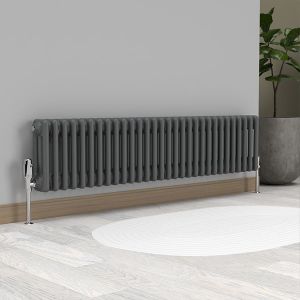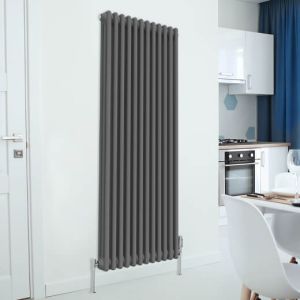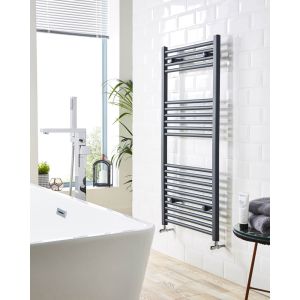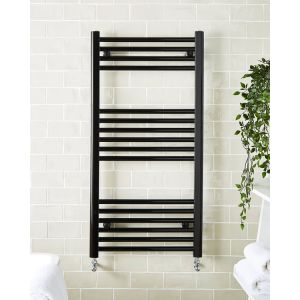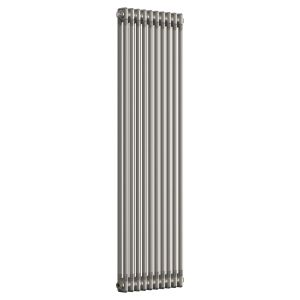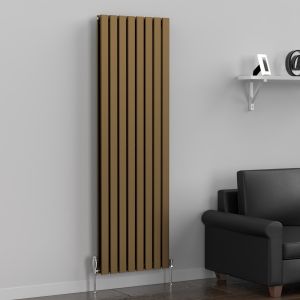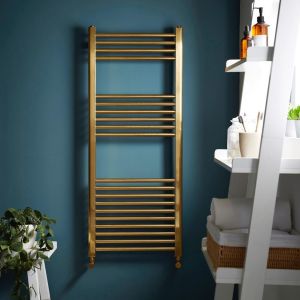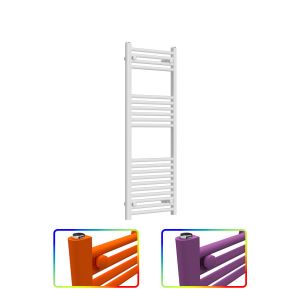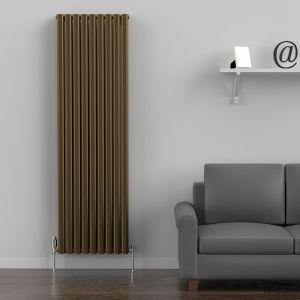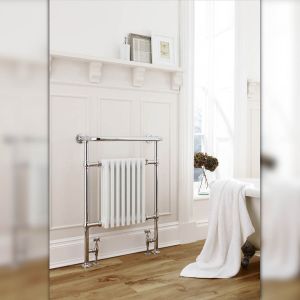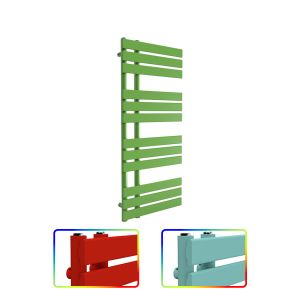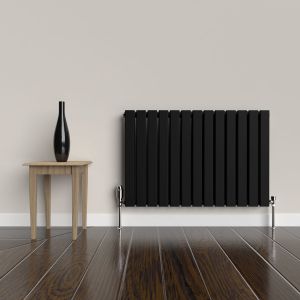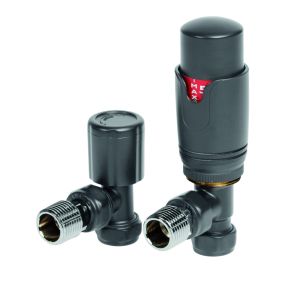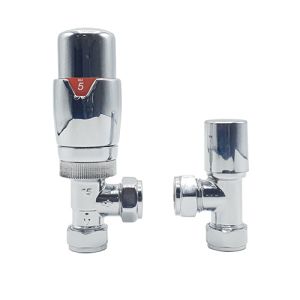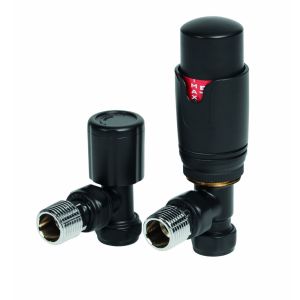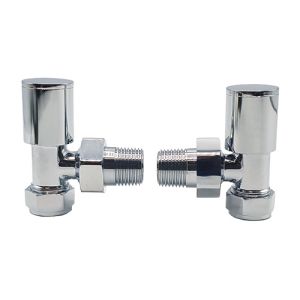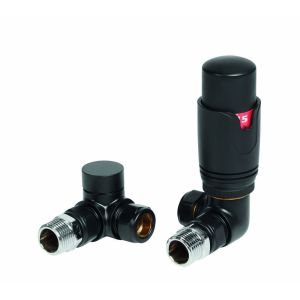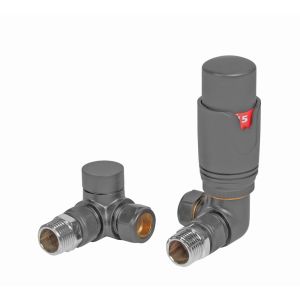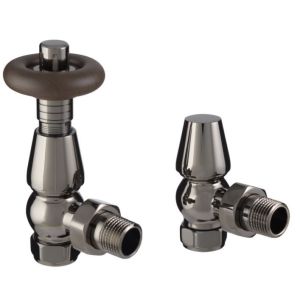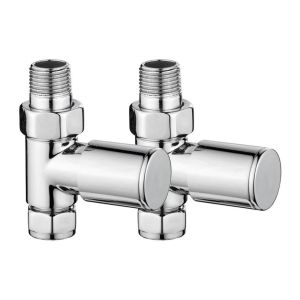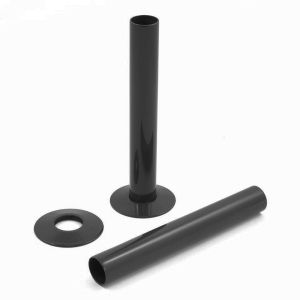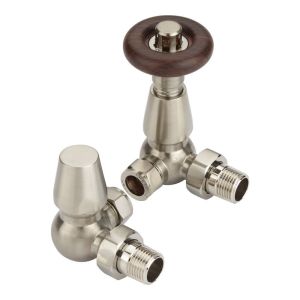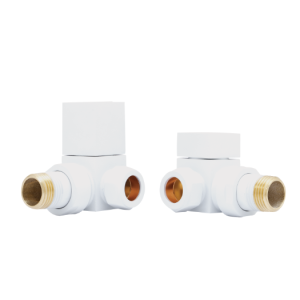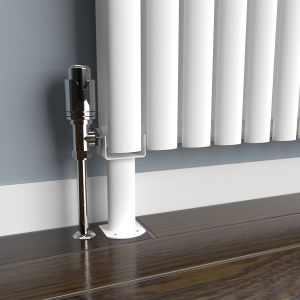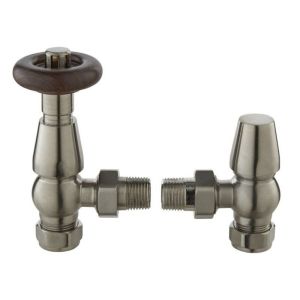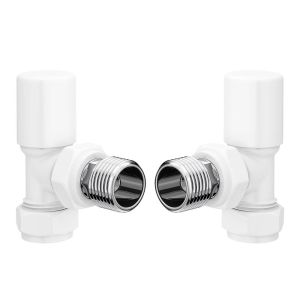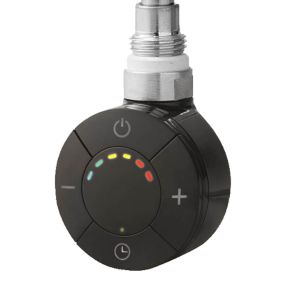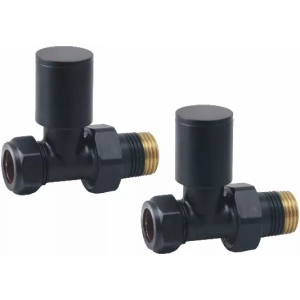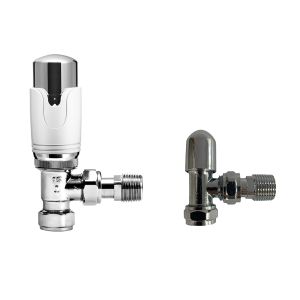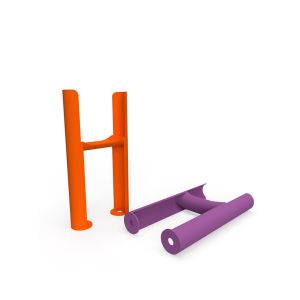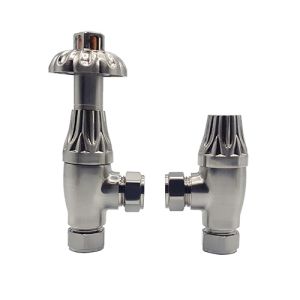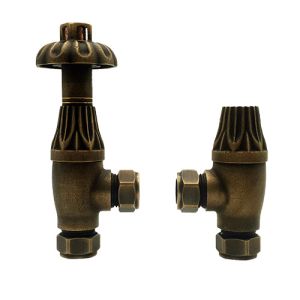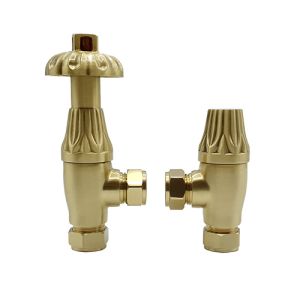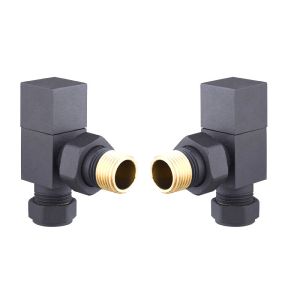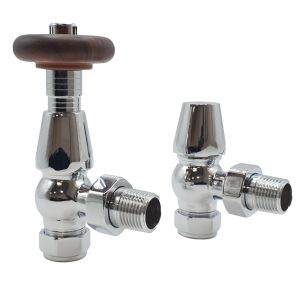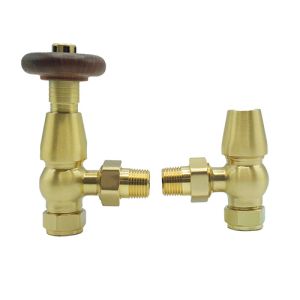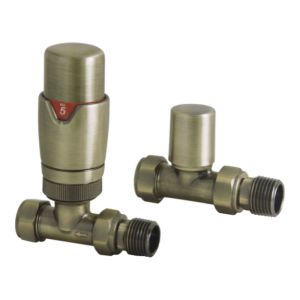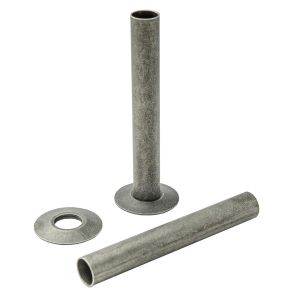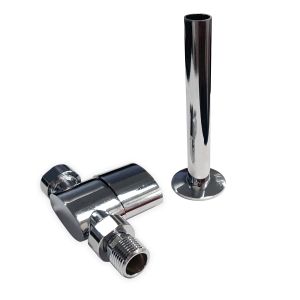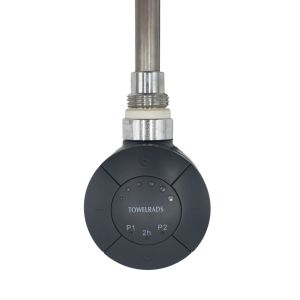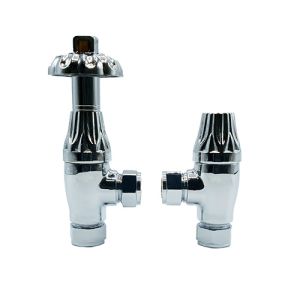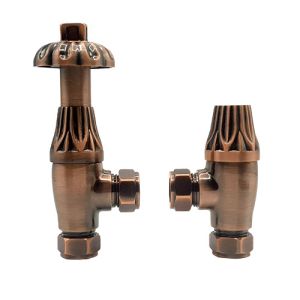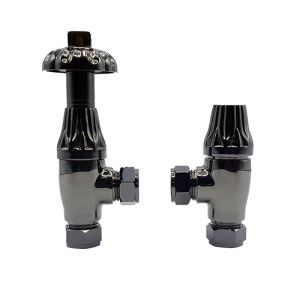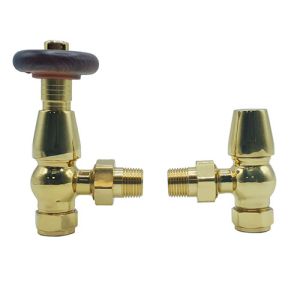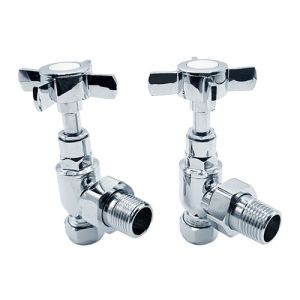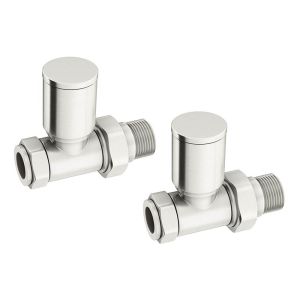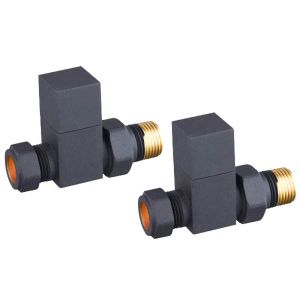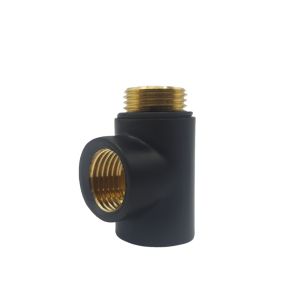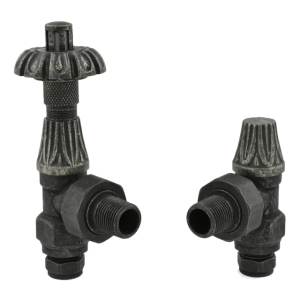After all that time spent deliberating over the right radiator, the right fitting and what would look best in your home, the last thing you want is for the radiator to stop working altogether. Money, time and effort go into radiator installing, and to feel like that has all been for nothing can leave you both frustrated and cold. In this blog, we discuss how to make sure your radiator heats up.
The ecosystem of a radiator is a complex one, one that has been perfected over the past century, and therefore may often need the hand of a professional to calibrate, many working parts creating the whole. Each of these parts must be running smoothly and in sync with the others so as to make sure your radiator is working in tip top condition. With this in mind, there are various things that you can do as a homeowner to make sure that your radiator is in tip top shape, giving you the power to take control of your own home. Although there will be some problems for which you will need to call up a plumber, many can be rectified yourself. This feeling of self-accomplishment will not only save you money, but will bless you with a sense of pride; your home is your home, and to be able to mend and look after it is part of how man asserts his control over the natural world.
Cold radiators
Whether it be a Column Radiator or a panel radiator nobody wants a cold one. The idea of a cold house, when you need it to be working at full capacity, is a frustrating predicament, especially when winter is coming or indeed in full swing. Although it can feel like there’s no hope, with a dash of patience and some detective work, you can find out what the problem is without calling up plumber surfaces.
There are many reasons why a radiator may not be turning on at all. These include a problem with the boiler or central heating system, the heart of your home's heating. If everything on your radiator is switched on and should theoretically be working perfectly, then the problem could be the root. For this, a plumber may be needed due to the intricacies and legalities which can come with boiler fixing. If your boiler is working, then it may be worth checking the thermostatic valve on your radiator. To check your thermostatic valve, simply take the head off the head of the valve and watch to see if the pin inside is moving up and down freely. If it doesn’t seem to be doing so, then give it a careful tap to loosen it.
Lukewarm Radiators
Lukewarm radiators can be even more irking. Upping the heating in your room and then finding that it’s only partially heated up is a surprisingly common problem. Being that little bit under the desired temperature can cause much annoyance, and is usually due to faults with the radiator as opposed to the central heating system. There could be several causes for this, including the settings on your room’s thermostat or the temperature settings on the boiler. If the problem keeps recurring then it may be worth calling up a plumber. The cause of the problem here may be too intricate to fix yourself. Most of the time, however, the causes listed above are usually the answer and can be fixed with ease by the radiator owner.
Low pressure on radiators
This problem can often occur with tall radiators. Due to their height, the tall radiator can succumb to the forces of gravity, especially if the pressure in your boiler system is not up to scratch. To fix this problem, then open up both sides of the radiator’s valves with the use of a flat headed screw driver or by hand. Opening both the valves will allow you to let in the cold mains water which you should be able to hear entering. Keeping your eye on the pressure gauge until it reaches 1.5. When you get to this stage, close both valves one at a time.
Hot at the top and cold at the bottom
Radiators which are hot at the top and cold at the bottom are often subject to the heating system having some sludge trapped in it. This can happen when the boiler fills up with water and, due to it coming from a large water source, brings in some unwanted and impure water. A build-up of minerals in the water can add to this as well. The sludge is circulated round the radiators and becomes stuck at the bottom of them, due to the pressure not being high enough to push solids up and around the pipes. A build-up of sludge can lead to the pipes to become blocked, a problem which will need to be rectified by a professional. A professional will flush out your heating system, getting rid of any excess sludge, usually the cause of unevenly heated radiators.


